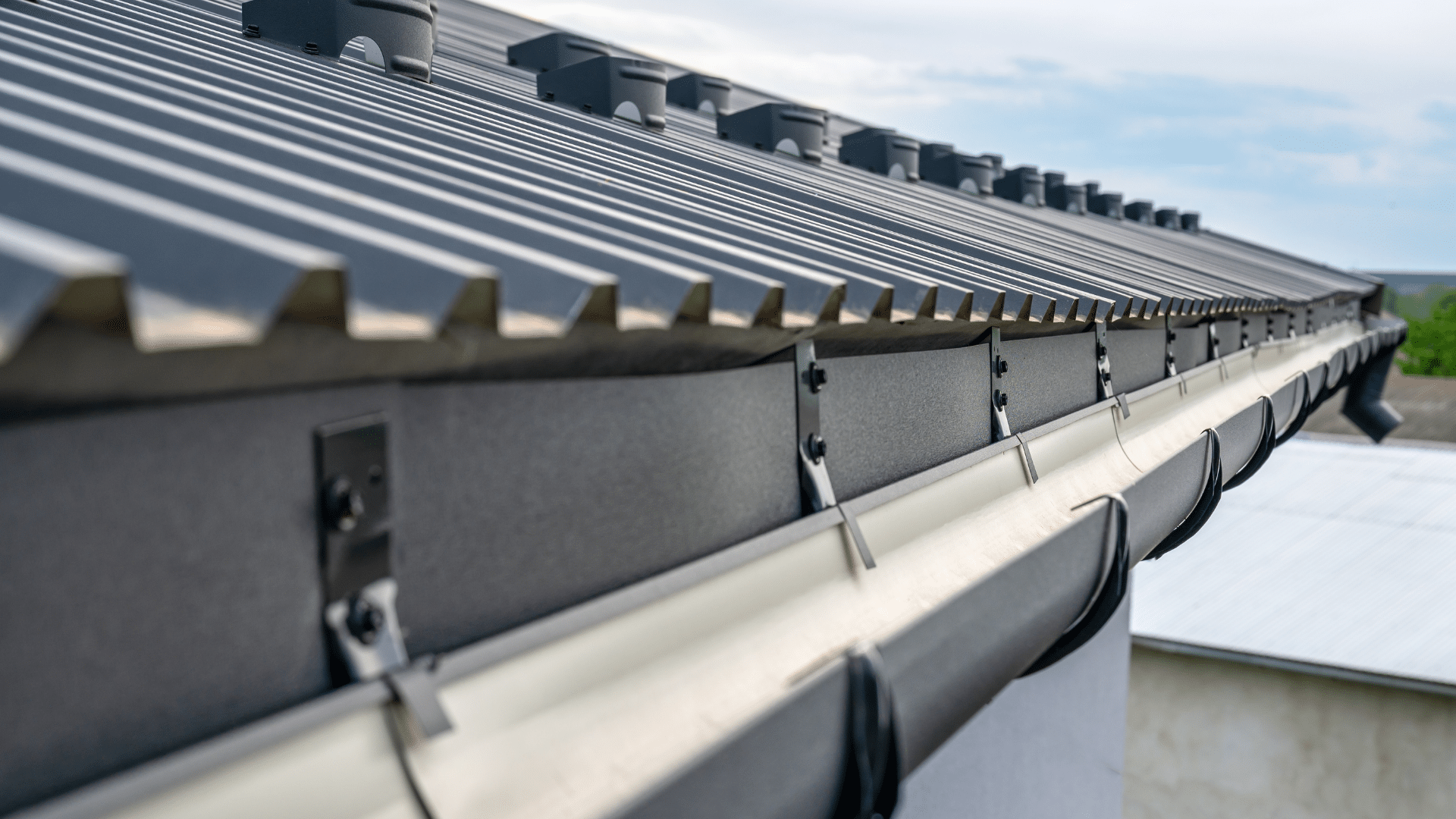Thermoplastic Olefin (TPO) roofing is a popular choice among commercial property owners and developers due to its durability, cost-effectiveness, and energy efficiency. This guide aims to provide a comprehensive understanding of TPO roofing, its advantages and disadvantages, and the installation process.
What is TPO Roofing?
TPO roofing is a type of single-ply roofing membrane that has gained popularity in the commercial building industry due to its numerous benefits. It is made from a blend of polypropylene and ethylene-propylene rubber, offering a highly durable and weather-resistant roofing solution. The history of TPO roofing dates to the early 1990s when it was introduced as a more economical and efficient alternative to PVC roofing. Over the years, the manufacturing process of TPO has been refined, resulting in a product that combines the best features of EPDM and PVC roofs.
Pros of TPO Roofing
TPO offers several advantages that make it an attractive choice for many commercial property owners. These include its high resistance to ultraviolet rays, chemical exposure, and high temperatures. TPO roofs reflect sunlight, which helps to reduce heat buildup within the building. This characteristic makes it an excellent choice for commercial buildings located in hot climates where cooling costs are a significant concern. Additionally, it is resistant to the growth of mold, algae, and dirt accumulation, reducing the need for regular roof cleaning.
Cons of TPO Roofing
Despite its many benefits, TPO roofing also has its drawbacks. One of the main disadvantages is its relatively short lifespan compared to other commercial roofing materials. While TPO roofs are known for their durability, they typically last for about 15 to 20 years, which is shorter than the lifespan of materials like metal or tile. Additionally, the quality of TPO can vary significantly between manufacturers, making it crucial to choose a reputable supplier. Some TPO roofs have been reported to fail prematurely, especially when exposed to excessive heat.
Installation Process
The installation of TPO roofs involve several steps. First, the existing roof surface is prepared, which may involve cleaning or removing old roofing materials. The TPO membrane is then rolled out and cut to fit the roof. The membrane is attached using a combination of adhesive and mechanical fasteners, and seams are heat-welded to create a waterproof barrier. The installation process requires skilled labor and specialized equipment, particularly for the heat-welding process. Proper installation is crucial to ensure the performance and longevity of a TPO roof.
Cost for Commercial Buildings
Cost can vary depending on several factors, including the size of the roof, the complexity of the installation, and the specific product chosen. However, TPO is generally considered a cost-effective roofing solution, particularly when its energy efficiency benefits are considered. The cost of TPO roofing typically includes the cost of the material itself, labor costs, and any additional costs related to roof preparation or disposal of old roofing materials. It’s important to get a detailed quote from your roofing contractor to understand all the costs involved.
TPO vs. EPDM
When considering TPO roofing, it’s helpful to compare it with other similar roofing options, such as EPDM roofing. Both are popular choices for flat roofs in commercial buildings, but they have different characteristics and benefits. EPDM is a rubber roofing material known for its durability and longevity, but it’s not as energy-efficient as TPO. On the other hand, TPO offers superior energy efficiency and is generally more resistant to punctures and tears. However, TPO roofing typically has a shorter lifespan than EPDM roofing. Understanding these differences can help commercial property owners and developers make an informed decision.
Manufacturers
Several manufacturers produce TPO roofing, each with their own specific formulations and product characteristics. Some of the leading manufacturers include GAF, Carlisle, and Johns Manville. GAF is one of the largest roofing manufacturers in North America and offers a variety of TPO products, including the EverGuard® TPO line. Carlisle has been a leader in the commercial roofing industry for over 50 years and offers the Sure-Weld® TPO line. Johns Manville, a Berkshire Hathaway company, offers the JM TPO line, which includes a variety of thicknesses and widths to suit different applications. It’s important to research each manufacturer and their products to ensure you’re getting a high-quality TPO roofing system for your commercial building.
Maintenance and Repair
TPO roofs require regular maintenance to ensure they perform optimally and reach their expected lifespan. This includes regular inspections, particularly after severe weather events, to identify and address any issues early. Common repair issues with TPO roofs include seam failures, punctures, and shrinkage. Most of these issues can be addressed by a professional roofer, but it’s important to address them promptly to prevent further damage.
Lifespan
The lifespan of a TPO roof can vary depending on several factors, including the quality of the installation, the thickness of the membrane, and the level of maintenance. On average, TPO roofs are expected to last between 15 to 20 years. Regular inspections and maintenance can help to maximize the lifespan of a TPO roof. This includes addressing any repair issues promptly and ensuring the roof is kept clean and free from debris.
Environmental Impact
TPO roofing is considered a more environmentally friendly roofing option compared to many other types of commercial roofing. The white reflective surface of a TPO roof helps to reduce the heat island effect, which contribute to urban heat and air pollution. Additionally, TPO roofing materials are 100% recyclable at the end of their life, reducing the impact on landfills. However, note that the production of TPO roofing does involve the use of fossil fuels, which has an environmental impact.
Conclusion
TPO roofing offers a durable and cost-effective solution for commercial properties. While it has its drawbacks, its benefits, particularly in terms of energy efficiency, make it a popular choice. As with any roofing decision, it’s important consider their specific needs and consult with a professional.




